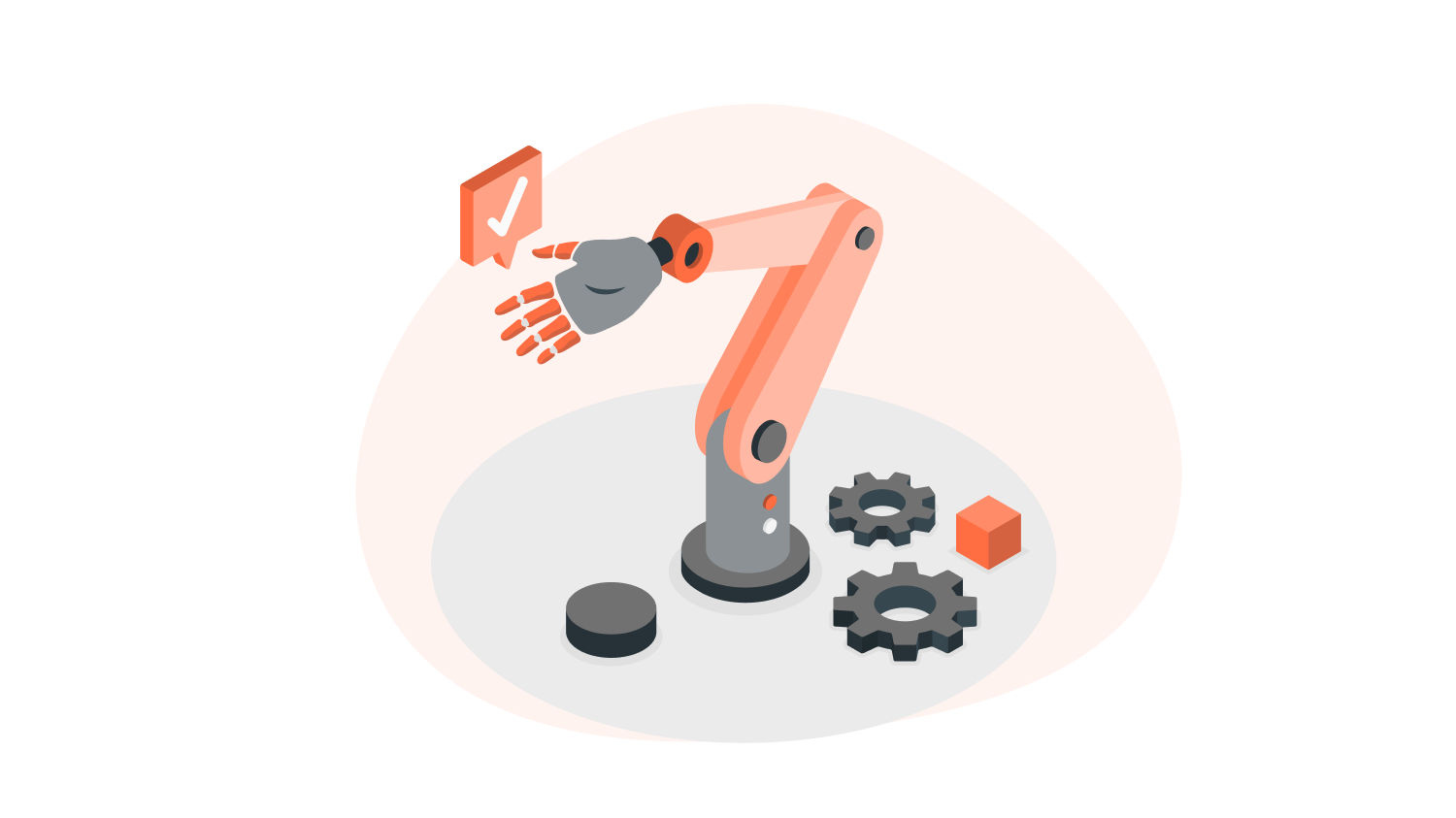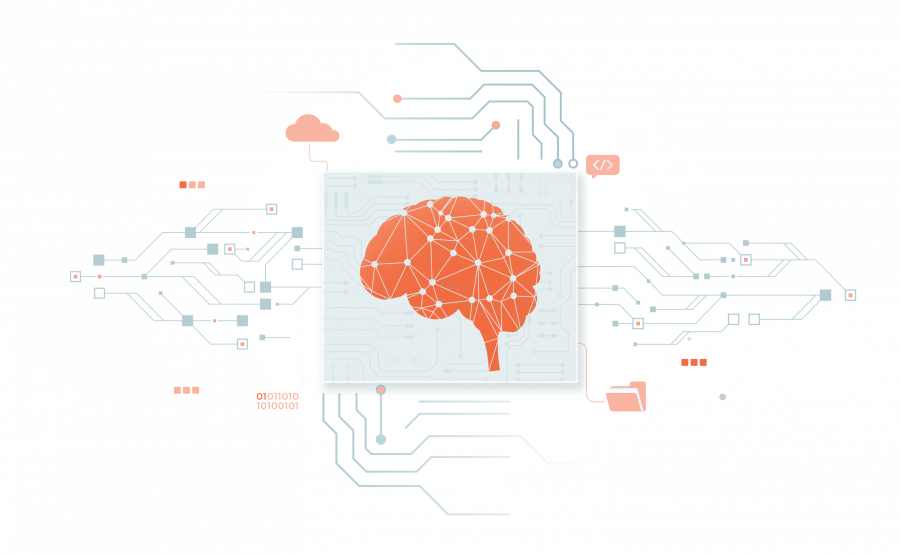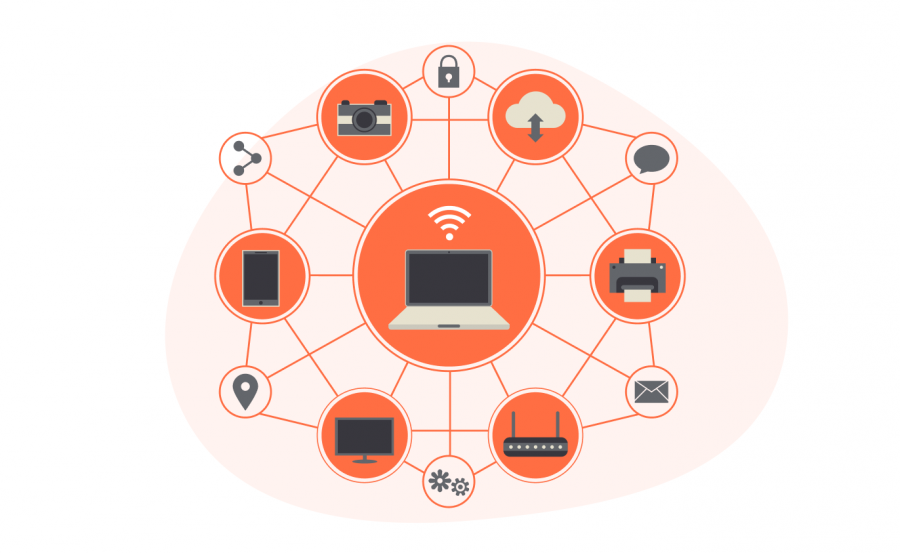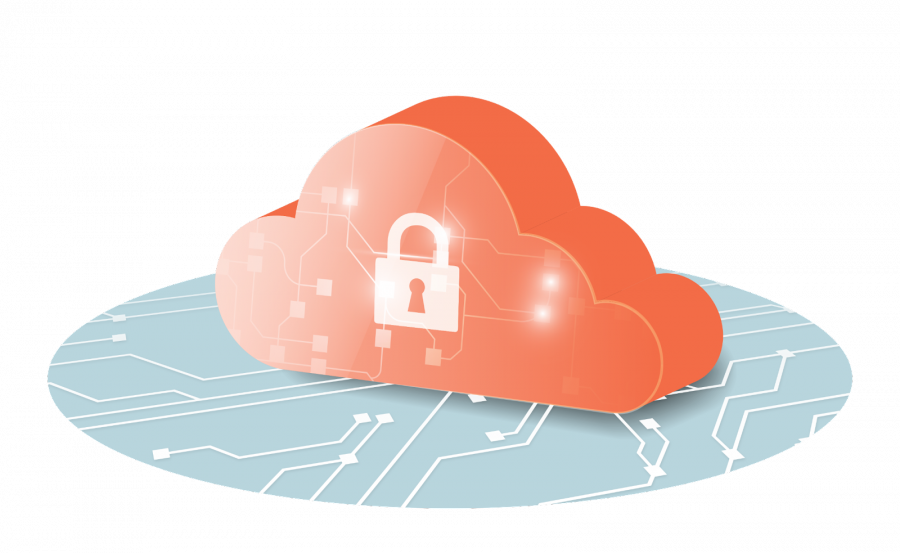Supply chain management has helped global trade tremendously and part of the reason is the flexibility industries have to change products quickly with changing market conditions. This is made possible – to a large extent – by the adoption of IoT in industrial automation.
Being flexible and easily adaptable to changing market conditions has been hailed as the most important upgrade IoT has brought into automation. But there are still doubts on how exactly they bring these benefits more quickly than any other technique.
Key Takeaways
- IoT can better process flows and minimise risks in industrial processes.
- There can be customized IoT systems in place for businesses to manage production.
- The benefits of using IoT in industrial automation can help companies develop cross-domain functionalities.
What comes under an IoT solution
IoT solutions may sound like a new thing, but many of them have been in use in some form or another in large-scale industries for some time now. Understanding what comprises an IoT solution can make it a much more approachable solution.
1. Devices
Everything from tiny sensors to measure temperature to robots come under the devices that are essential to building an industrial IoT solution.
Things like PLCs that are used to control operations, human-machine interfaces that enable us to give directions to such complex tools, and cameras are most commonly used in large-scale industrial automation.
2. Connectivity
Your devices must be connected via cellular, wifi, or ethernet connections. This is crucial to have quick communication between the different parts of your IoT system whether a human or a PLC controls it.
IoT solutions are only as fast as their connectivity speeds. Every server, router, application, or even other IoT devices requires superfast communication capability to ensure that responses are carried out without delay.
3. Data
Everything that’s measured within the IoT system can be classified as data. There are plenty of stimuli worth measuring within a system, but the one that helps to understand proper working conditions is desirable.
The collected data is then stored and processed using edge devices to improve the overall performance of the system.
4. Cloud
Enterprise-level IoT implementations require remote administration. This is made possible by hosting the data on suitable cloud platforms, which offer security for the data stored and also ensure quick transfer of commands back to the devices in operation.
The centralized control of the system is also desirable as remote operation becomes truly remote when they can be accessed from anywhere and not just an on-premise machine.
Here is something to help you with if you are looking into creating a cloud migrating strategy.
5. Dashboard
Every datapoint that is registered by the machines is shown on an analytics dashboard to monitor the health of the system.
Every data point has a predefined minimum and maximum value, which points to the least productive and overworked state of the machine. This is one advantage of having a dashboard, as you’ll understand whether the system is being overloaded or not at any given time.
6. Steps and Algorithms
This is where calculations done by IoT developers come into the picture. The data collected by sensors are analysed through smart functions or by simply tracking the trends on the dashboard.
Output from this stage is directly used to either trigger alarms or notifications to the user and take further action. Businesses can also choose to automate responses based on output as well.
How IoT optimises industries
Businesses have always tried to figure out the status of every process on a factory floor in real-time. Floor managers did the job in the past and with much effort. With IoT in an industrial setting, there is now the possibility of combining the data from all the different machines and visualising process flow like never before.
Even more, it’s now possible to make more informed predictions related to production figures, even with changing buyer needs. IoT also helps to connect different stages of production together. Transmitting the status of work on one machine can help in better management of another machine on the production line and vice versa.
IoT in industrial automation has significantly improved the reliability of processes and machines, skyrocketed efficiency, and have opened up a wider range of possibilities for businesses across the globe. Furthermore, it has helped businesses to produce goods in-house rather than outsourcing them to cheaper industries.
Where’s IoT used in Industrial automation today

Now that we have understood how IoT enables businesses to perform better let’s see some of the most common use cases of IoT in industrial automation.
1. Predictive maintenance
By getting notified about machine health every step of the way, companies can plan their overhaul period and even try reducing stress on machines from time to time. This simple step can significantly reduce downtime and help them with much-needed productivity.
2. Supply chain automation
There are two things that must happen in a supply chain management system – increased efficiency of operations and optimal supply for future product demand. Both require a level of automation that’s easily aligned to the production needs.
Both small-scale entrepreneurs and large-scale enterprises gain flexibility in operation and adapting to changing market conditions with an IoT automated supply chain.
3. Monitor Building Management Systems
Most large-scale factories have a lot of things running simultaneously. Factory air conditioning, production speeds, raw material processing, and so on require strict controls to ensure safety and long-term profitability. With IoT in Building Management System (BMS), heating, ventilation, lighting, and all other aspects of the factory can be controlled seamlessly.
Companies usually adopt building automation systems (BAMS) to gain central control over all operations within the factory. When considering large-scale production, it’s important that everyone working on the floor have optimum conditions for work.
4. Industrial robot process optimisation
Robots on factory floors and small production houses require customisation to ever-changing product needs. Robot optimisation through automation deals with inspecting actuation and changing robot functions remotely.
This can be easily achieved by analysing video recordings of the robot in action and device methods to optimise their actuation. IoT in robot automation is a common practice for most industries with constantly changing products.
5. Remote error detection
Most industries have customised machinery that fits their use case. This brings in a need for constant monitoring to ensure that everything is working as intended. Having a system that notes any change from the usual and alerts people within the factory floor or a team that’s in charge of the systems is crucial for process stability.
This is yet another interesting use case for IoT industrial automation where you can quickly spot false alarms and eliminate downtime that could seriously affect profitability. More than just false alarm correction, enabling a remote IoT system could also help engineers see serious faults in operation and potentially avoid workplace hazards.
Advantages of IoT in industrial automation
Not all business applications require IoT. But the ones that do are usually pretty complex to be managed via human supervision alone. With IoT becoming a global presence across industries, here are some of the common benefits companies have noted in the long run.
- Machines can now adapt to agile production environments, thereby not limited by conventional production methods.
- Each machine can be optimised for better productivity, reducing overall production delays and improving profits down the line.
- Process control is now at a maximum, with detailed reports on the performance of each machine within the production line.
- Machine health can be improved with proper predictive maintenance, thereby prolonging the need for overhauls.
- Each machine can be custom-controlled remotely to experiment with process quality and process speeds.
Since IoT is an ever-evolving technology, businesses are constantly finding better ways to improve their bottom line through IoT experts. As IoT is increasingly introduced into multiple industries, the chances for cross-domain applications are also increasing, thanks to improved data analytics and machine learning.
Conclusion
With more industrial adoption, IoT in industrial automation has become a mainstay in both small-scale and heavy industries. With IoT developers helping startups and scaleups with optimal solutions to better their operations, it’s always best to figure out new ways to automate business processes with IoT.
We at NeoITO solve startup challenges by figuring out the right IoT solutions to speed up their development process. To find out more about our mode of work, check out our IoT team or leave us a message, and we’ll schedule a call today!
FAQs
1. What are the benefits of Industrial IoT?
Process automation, health monitoring of machines, and extreme flexibility of process flow are the main benefits of IoT in industrial automation.
2. What is Industrial IoT?
Industrial IoT or IIoT is defined as the implementation of connected smart devices in an industrial environment to either automate, remotely control, or even optimise business processes with ease.




